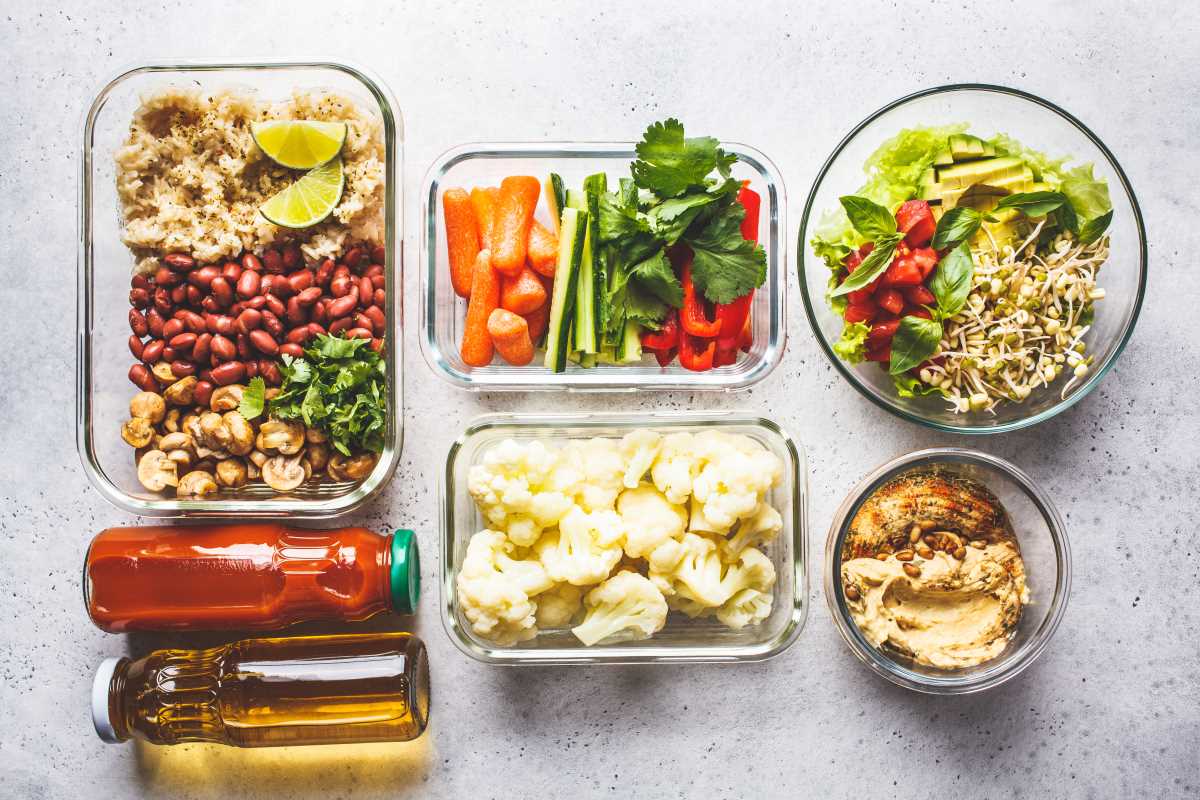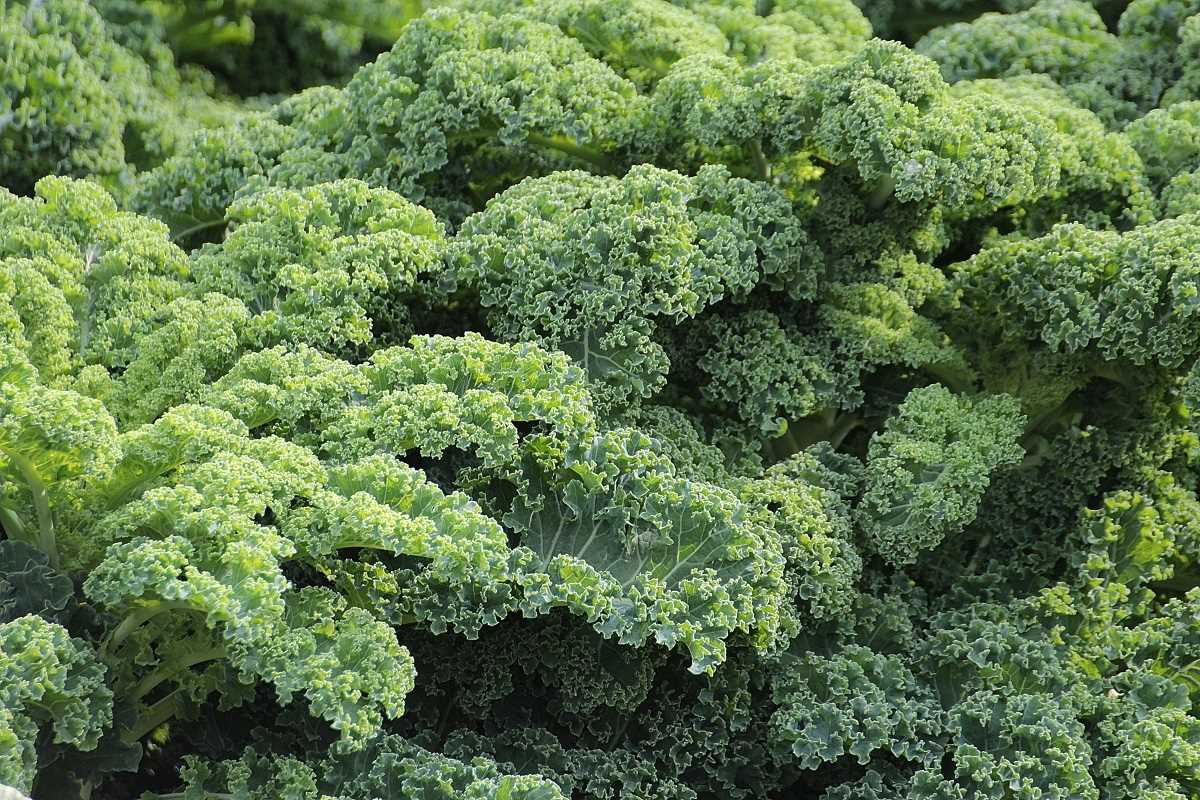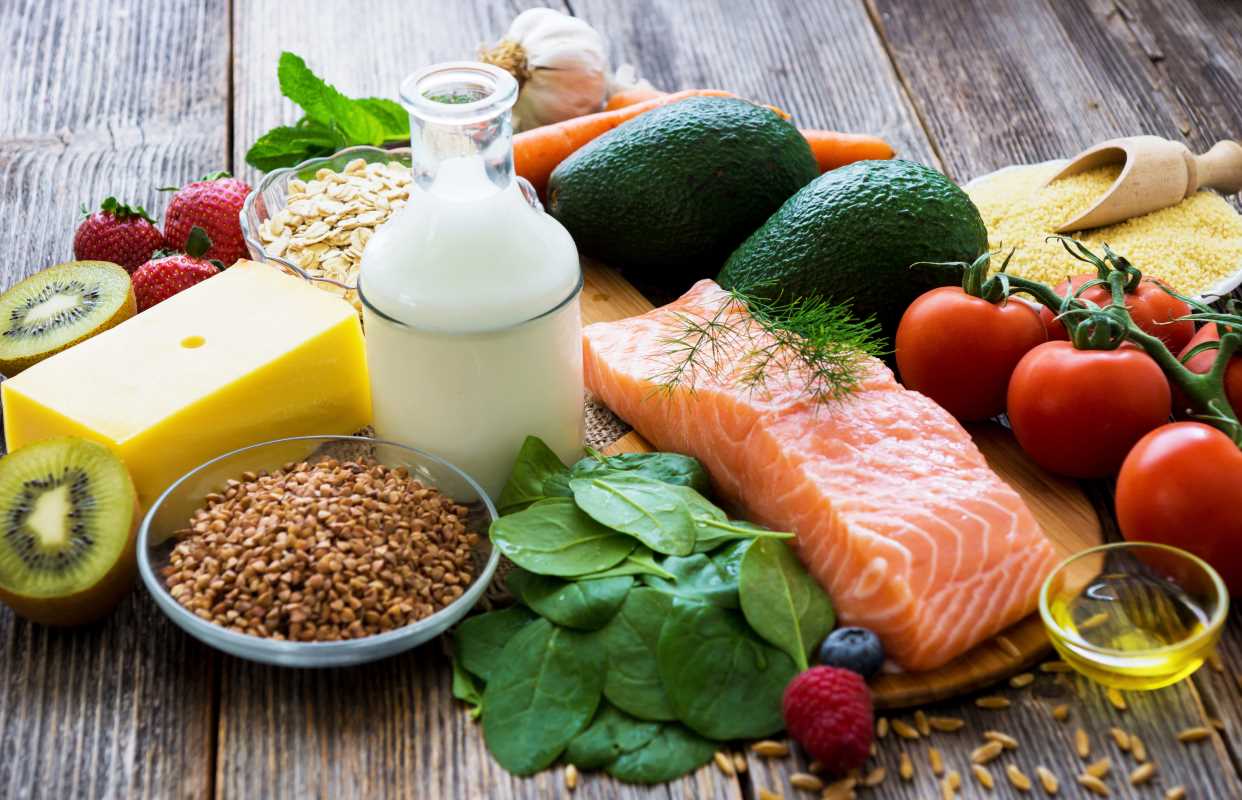High blood pressure, or hypertension, affects millions of people worldwide and is a major risk factor for heart disease, stroke, and other serious health conditions. While medication plays a key role in managing severe hypertension, many individuals can significantly improve their blood pressure through natural lifestyle changes. Whether you’ve received a hypertension diagnosis or simply want to prevent high blood pressure, this guide provides practical and natural strategies to help you take control of your health.
Understanding Blood Pressure
Before exploring solutions, it’s important to grasp what blood pressure means and why it matters. Blood pressure measures the force your blood exerts on the walls of your arteries as your heart pumps. It’s expressed as two numbers:
- Systolic pressure: The top number, representing the pressure in your arteries when your heart beats.
- Diastolic pressure: The bottom number, showing the pressure when your heart rests between beats.
A normal reading is around 120/80 mm Hg (millimeters of mercury). Consistently higher readings may indicate hypertension, which can require a combination of lifestyle changes and medical intervention.
Now, let's explore 10 science-backed ways to lower your blood pressure naturally.
1. Eat a Heart-Healthy Diet
Your diet directly impacts your blood pressure. Opting for a heart-healthy diet like the DASH diet (Dietary Approaches to Stop Hypertension) can lower your blood pressure significantly. This dietary framework focuses on consuming nutrient-rich, whole foods such as:
- Fruits and vegetables: Packed with potassium, a mineral that helps regulate sodium levels and eases tension in blood vessel walls. Examples include bananas, oranges, spinach, and kale.
- Whole grains: Foods like oats, quinoa, and brown rice are rich in fiber, which supports heart health by improving cholesterol levels and reducing blood pressure.
- Low-fat dairy: Yogurt, skim milk, and cheese provide calcium, a key nutrient for maintaining healthy blood vessels.
- Lean proteins: Protein choices such as chicken, turkey, fish, beans, and lentils are ideal because they’re low in fat and beneficial for heart health.
Practical Tips: To ease into a heart-healthy diet, start by adding an extra serving of vegetables to each meal or swapping out processed snacks with fresh fruit. Gradually reduce consumption of red meats and replace sugary beverages with water or herbal teas for added hydration and benefits.
Additional Benefits:
By eating a heart-healthy diet, you’re not only lowering blood pressure but also reducing the risk of obesity, diabetes, and other chronic illnesses.
2. Cut Back on Sodium
Excess sodium causes your body to retain water, increasing your blood volume and, as a result, your blood pressure. Even a modest reduction in sodium intake can lead to noticeable improvements.
How to Cut Sodium:
- Cook Fresh Meals: Homemade meals allow you to control the ingredients. Use spices, fresh herbs, lemon juice, or garlic to add flavor without reaching for the salt shaker.
- Read Food Labels: Packaged, canned, and frozen foods often contain surprising amounts of sodium. Aim for items labeled “low-sodium” and check the nutrition facts.
- Avoid Eating Out Frequently: Fast food and restaurant meals often contain excessive sodium. Opt for cooking at home or requesting modifications to your meal.
Additional Benefits:
Reducing sodium can improve not only blood pressure but also kidney health and reduce bloating caused by water retention.
3. Increase Potassium Intake
Potassium acts as a counterbalance to sodium. It minimizes sodium’s effect on your blood pressure by helping your kidneys excrete excess sodium and by relaxing blood vessel walls.
Potassium-Rich Foods to Include:
- Sweet potatoes
- Avocados
- Beans and lentils
- Oranges
- Cantaloupe
Practical Tip: For a potassium-packed breakfast, try a smoothie with spinach, banana, and orange juice blended with a touch of almond milk.
Additional Benefits:
A diet high in potassium also supports muscle function, hydration, and nerve function, making it a win for your overall wellness.
Note: People with kidney disease should consult their healthcare provider before increasing potassium consumption, as their kidneys may struggle with potassium balance.
4. Maintain a Healthy Weight
Carrying extra weight increases the strain on your heart. Even a small weight loss can positively affect blood pressure levels, particularly for individuals who are overweight or obese.
Starting with Small Goals:
- Aim to lose 1-2 pounds per week through a calorie deficit achieved by healthy eating and increased physical activity.
- Focus on sustainable changes instead of crash diets. For instance, replace calorie-dense snacks like chips with air-popped popcorn or nuts.
Practical Tip: Use apps or journals to track your food intake and exercise to stay consistent with your weight-loss goals.
Additional Benefits:
Weight loss reduces your risks of developing heart disease, diabetes, joint pain, and certain cancers, making it an investment in long-term health.
5. Exercise Regularly
Exercise can reduce both systolic and diastolic blood pressure, making your heart a less strained and more efficient pump. Physical activity also helps with weight management and stress reduction.
Recommended Workouts:
- Cardio (Aerobics): Regular brisk walking, jogging, cycling, or swimming for 30 minutes most days of the week can reduce systolic blood pressure by 5-7 mm Hg.
- Strength Training: Incorporate exercises with weights or resistance bands at least 2-3 times a week for added benefits.
For beginners, start with small, achievable goals like a 10-minute walk after meals and gradually build up. Variety helps maintain motivation.
Additional Benefits:
Exercise boosts energy levels, improves mental health, and enhances sleep quality alongside its blood-pressure-lowering effects.
6. Manage Stress
Chronic stress contributes to hypertension by triggering the release of hormones like adrenaline and cortisol, which can constrict blood vessels and raise blood pressure.
Stress-Management Techniques:
- Mindfulness Meditation: Spend 5-10 minutes daily focusing on your breath.
- Yoga: Builds physical flexibility while calming the mind.
- Physical Activities: Hobbies such as gardening and painting can also help.
Practical Tip: Avoid overloading your schedule, and learn to say no when commitments pile up. Taking time to decompress benefits both your mind and your cardiovascular system.
Additional Benefits:
Managing stress not only lowers blood pressure but also improves mental well-being and overall health.
7. Limit Alcohol Consumption
Consuming too much alcohol can raise blood pressure. Conversely, moderate alcohol intake may have heart benefits for some individuals. The key is moderation.
Alcohol Guidelines:
- Men should consume no more than 2 standard drinks per day.
- Women should limit themselves to 1 drink per day.
Practical Tip: Alternate alcoholic drinks with water or a low-sugar beverage. This not only reduces alcohol consumption but also keeps you hydrated.
Additional Benefits:
Reducing alcohol prevents liver damage, maintains a healthy weight, and lowers the risk of addiction.
8. Quit Smoking
Smoking causes instant and sustained blood pressure increases. Over time, it damages artery walls and accelerates arteriosclerosis (hardening of the arteries).
How to Quit:
- Use nicotine replacement therapies like patches or gum.
- Seek support groups or counseling to stay accountable.
- Distract yourself with healthy habits like chewing sugar-free gum or going for short walks when cravings strike.
Additional Benefits:
Quitting smoking has long-term benefits for your lungs, heart, and even your skin.
9. Get Better Sleep
Your body repairs itself during sleep, and poor sleep quality or inadequate duration can disrupt blood pressure regulation.
Ways to Improve Sleep:
- Stick to a bedtime routine, avoiding screens an hour before sleep.
- Keep your bedroom cool, dark, and quiet.
- Avoid caffeine, sugar, or heavy meals near bedtime.
Practical Tip: Consider mindfulness or gratitude journaling at night to calm your mind.
Additional Benefits:
Better sleep boosts energy, sharpens focus, and can improve your immune system.
10. Monitor Your Blood Pressure at Home
Tracking your blood pressure regularly not only motivates you but also provides crucial information to share with healthcare providers.
How to Monitor:
- Measure at the same time daily.
- Use a reputable, easy-to-use home blood pressure monitor.
- Ensure proper posture, sitting upright with your arm supported at heart level.
Recording your readings can help identify patterns and determine which lifestyle changes are making a difference.
Additional Benefits:
Frequent monitoring allows for early detection of potential health issues.
Bonus Tip: Stay Hydrated
Proper hydration ensures your circulatory system works efficiently, keeping blood pressure in check. Aim for 8 glasses of water daily, adjusting for activity level and climate.
Practical Tips for Staying Hydrated:
- Carry a reusable water bottle and refill it throughout the day.
- Add slices of cucumber or lemon for natural flavor.
Additional Benefits:
Good hydration supports digestion, boosts energy, and can improve skin health, making it a simple but powerful habit.







